A crisis such as the one in Ukraine, really shows that countries need to at least have a back-up plan if not be completely self-dependent in all areas they can, because one little conflict can have dire consequences on a country like Britain, who has to source and import from other nations. The crisis shows Europe’s vulnerability after years of limited progress in completing an “energy union” — a 2015 vision to allow affordable gas and electricity to flow across borders while diversifying suppliers. As reported by the AP:
Europe’s gas supply dropped and prices soared partly because Russia sold less gas than normal, squeezing households and businesses with rising costs
MADRID (AP) — Surging energy prices and fears of a Russian invasion of Ukraine are making European leaders think hard about energy security — particularly their decades-old reliance on Moscow for natural gas.
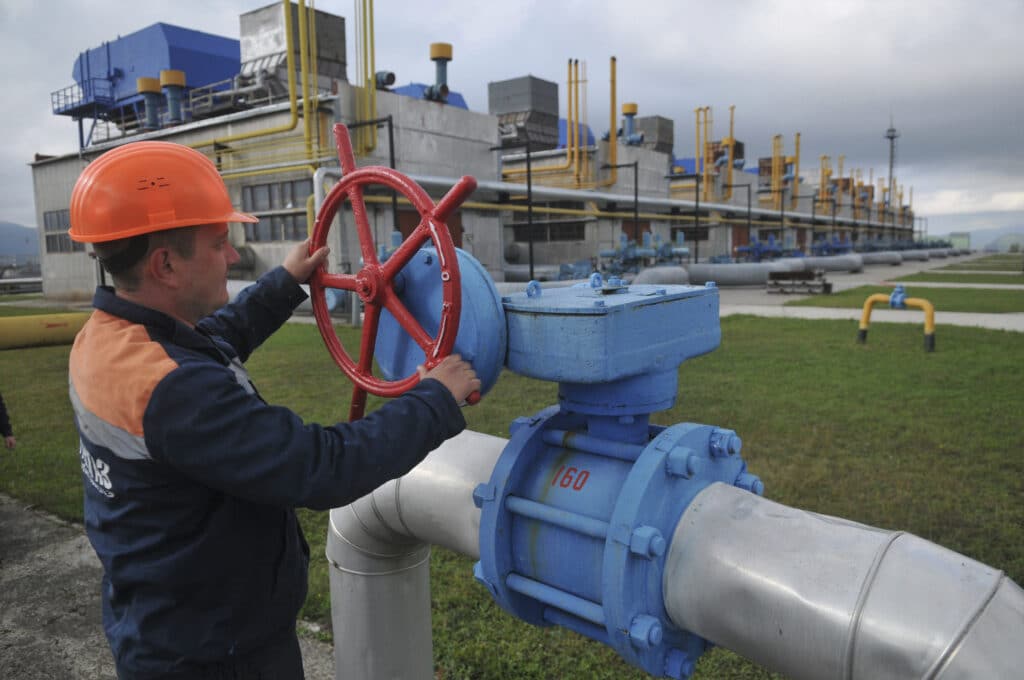
The crisis shows Europe’s vulnerability after years of limited progress in completing an “energy union” — a 2015 vision to allow affordable gas and electricity to flow across borders while diversifying suppliers and reaching climate goals. As renewables like solar and wind are slowly built up and coal and other fossil fuels are phased out, Europe still needs natural gas, and it’s dependent on Russia to get it.
That came into sharp relief as Europe’s gas supply dropped and prices soared partly because Russia sold less gas than normal, squeezing households and businesses with rising costs.
With gas reserves low and concerns a war could interrupt pipeline flows from Russia, the EU is focused on getting liquefied natural gas, or LNG, by ship from the United States, Qatar, Algeria and elsewhere until renewables catch up. Environmentalists fear making that even a short-term priority could set back Europe’s goals to move away from fossil fuels.
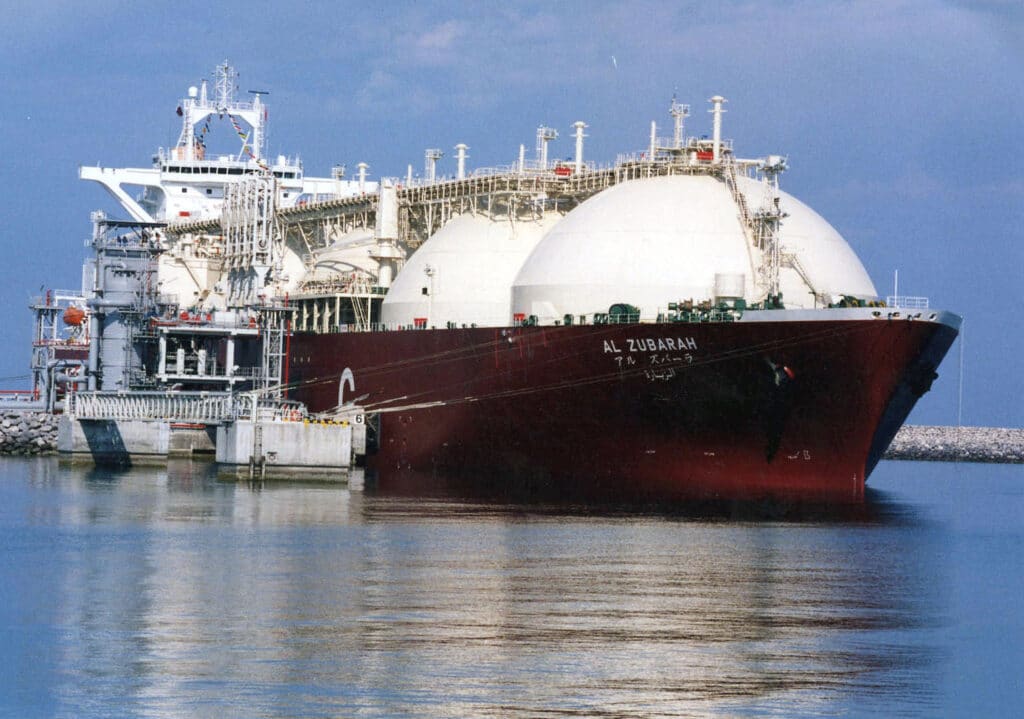
Doubling down on renewables would help reduce dependency on Russian gas, EU Energy Commissioner Kadri Simson said Monday, but reiterated that energy security was critical. An advisory group to coordinate the EU’s gas supply security was meeting Tuesday because “it’s important that contingency plans are ready for the worst-case scenario,” she said.
The 27-nation EU is “on the safe side for this winter” but doing “everything possible to get rid of this dependency,” European Commission President Ursula Von der Leyen said Saturday at the Munich Security Conference. She accused Russia’s state-owned gas giant Gazprom of “deliberately trying to store and deliver as little as possible while prices and demand are skyrocketing.”
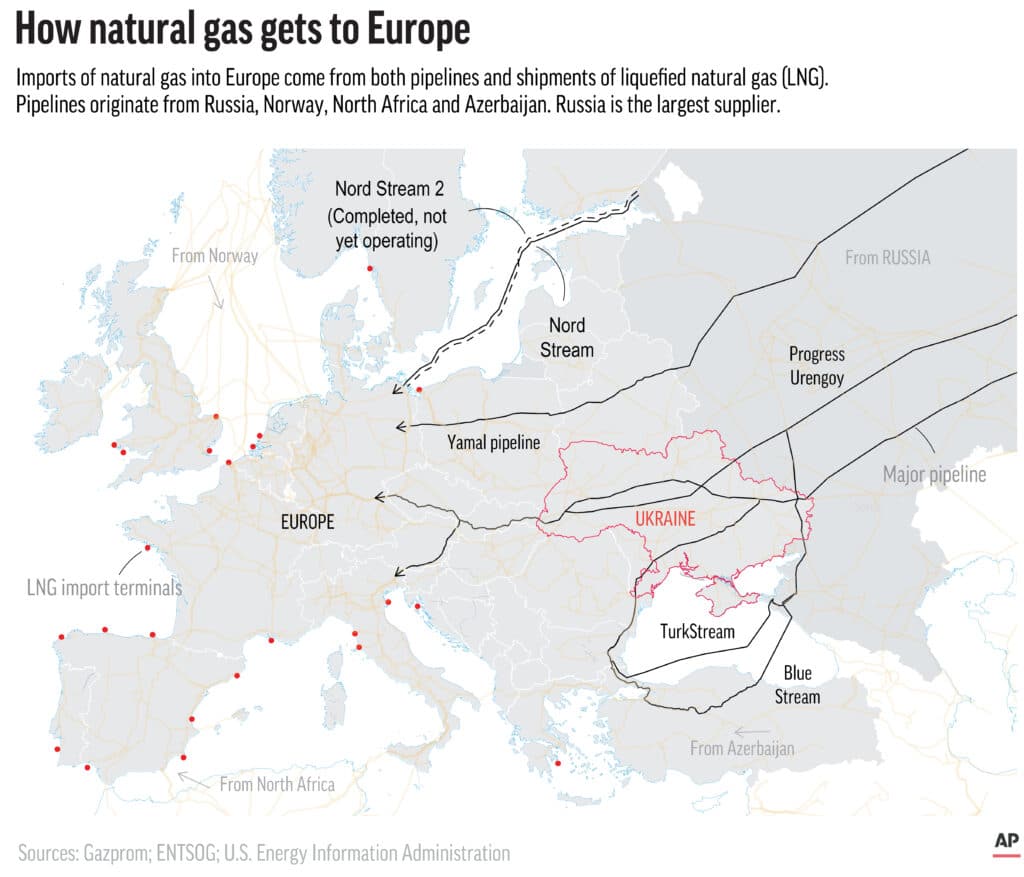
Russia has fulfilled long-term contracts but failed to sell additional gas on the spot market, while pushing for German approval of its contentious Nord Stream 2 pipeline as a way to solve Europe’s gas squeeze. Germany has suspended the process to certify the pipeline, Chancellor Olaf Scholz said Tuesday, after Russia recognized the independence of separatist regions in Ukraine in a move that could allow troops to deploy.
“We are aware about the low resources of gas in European countries,” Russian Energy Minister Nikolai Shulginov said Tuesday at a forum of gas producers in Qatar, according to a provided English translation. He said long-term gas contracts help curb price volatility and that Russian energy companies are “fully committed” to fulfilling existing agreements.
In a conflict, security analysts say Russia would have little interest in a total gas cutoff that would deprive it of revenue and give Europe a further incentive to find other sources of energy.
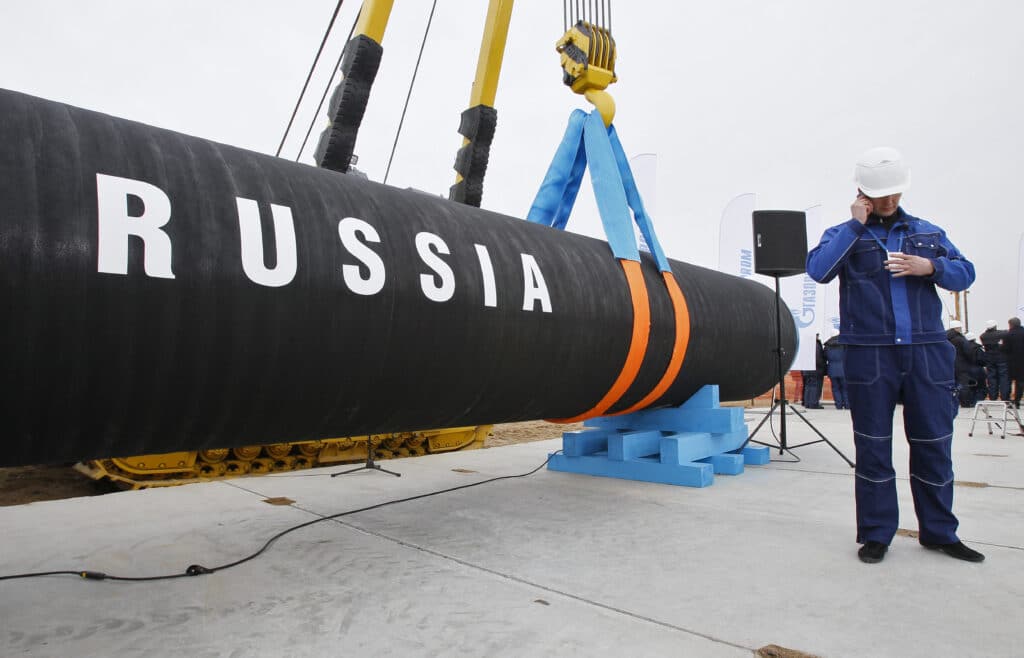
Countries like Lithuania and Poland have managed to reduce Russian gas imports. But Russia accounts for more than one-third of the EU’s supply, and its dominance is entrenched in the Baltic states, Germany, Italy, and parts of southeastern Europe.
The core issue is that the 27 EU countries retain substantial control over energy policy. Clashing regulations and standards make transport of gas from one country’s system to another difficult, even when the network to do it actually exists. Energy companies moving gas across borders, for example, are sometimes charged tariffs more than once or twice.
“Unfortunately, energy interconnection in Europe is an unresolved issue,” Miguel Arias Cañete, former EU energy and climate commissioner who oversaw a proposal for more gas infrastructure, told The Associated Press.
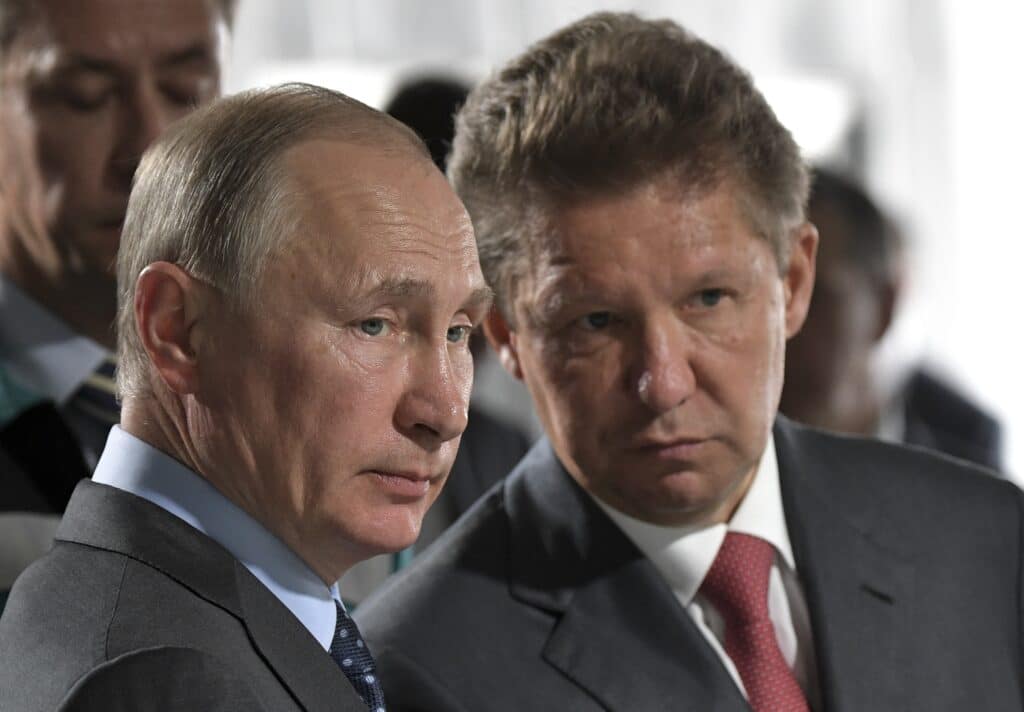
“It’s in moments of crisis that we see the need for market integration and enough infrastructure from a security and procurement point of view,” he said, adding that the focus on renewables shouldn’t neglect the role of natural gas.
After Russia seized Ukraine’s Crimea region in 2014, diversifying energy supplies to reduce Russian reliance was enshrined in the EU’s 2015 energy union plan. Since then, there has been some significant progress: More two-way pipeline connections have been built and more LNG import terminals are planned.
A new pipeline transports gas from Azerbaijan to western Europe via Turkey and Greece. There’s also a planned pipeline extension from northeast Greece to southern Bulgaria that would relieve Bulgaria’s total dependence on Russian gas. And Greece is moving forward with plans to build a facility to take in LNG imported by sea.
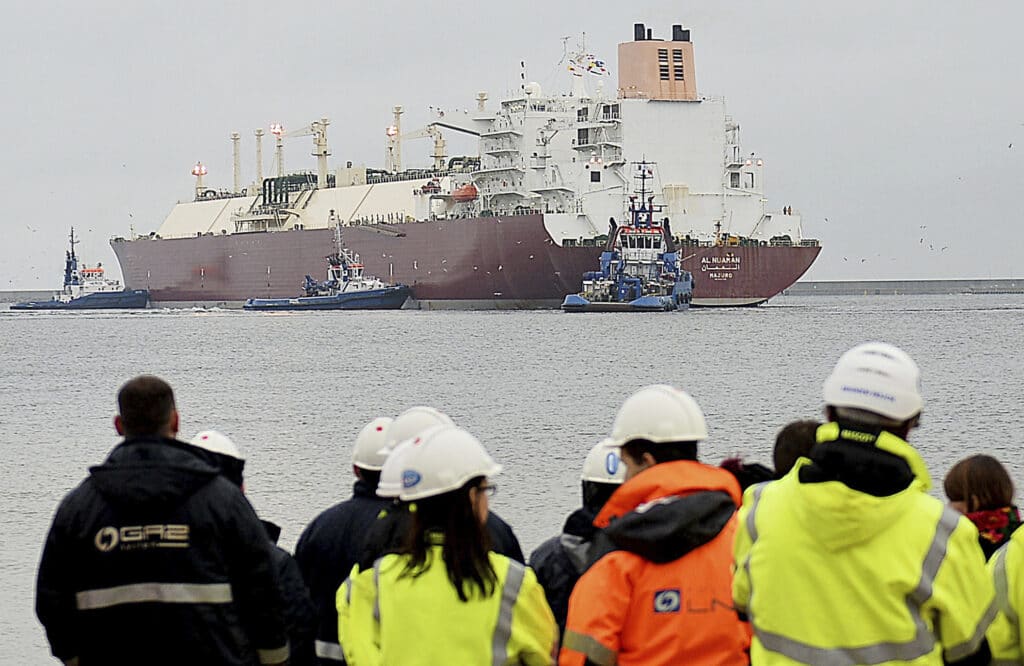
But connecting Europe’s energy markets hasn’t been done “sufficiently well,” said energy policy expert Simone Tagliapietra, a senior fellow at the Bruegel think tank in Brussels. In particular, a pipeline connection from Spain to France was shelved, leaving “a major bottleneck that we didn’t manage to solve,” he said. Now, gas industry groups are talking about reviving the idea.
Following the Crimea crisis, the priority shifted from energy security to climate change, leading up to the EU’s 2019 Green Deal, a wide-ranging plan to cut emissions.
“Energy security disappeared,” Tagliapietra said. “It was all about sustainability, decarbonization. Now we are seeing the great comeback of energy security as an issue in Europe.”
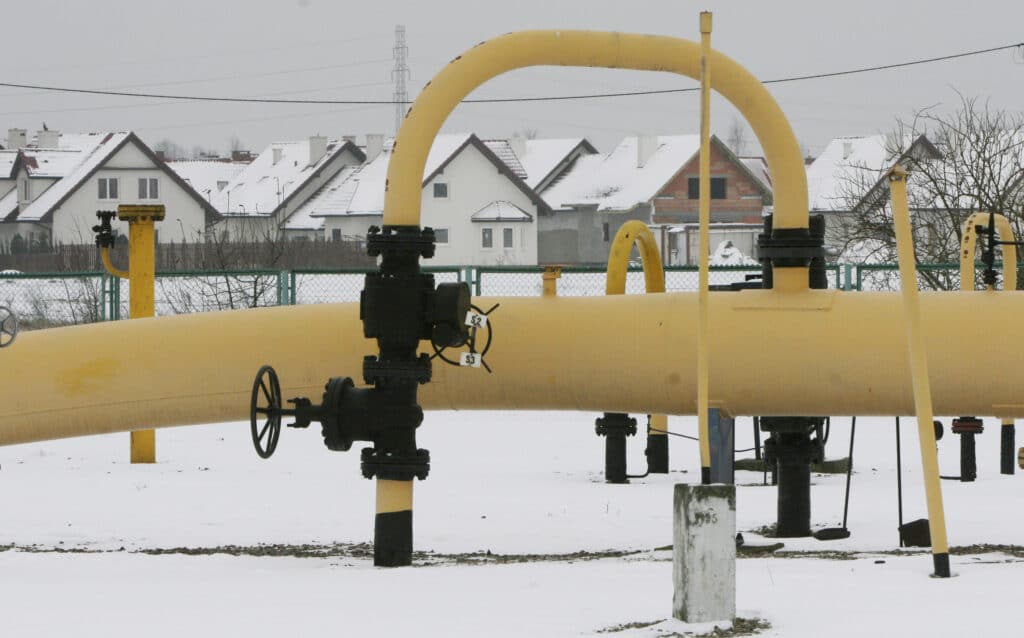
The question always seems more urgent among newer, eastern EU members with bitter memories of Russian domination during the Cold War.
Poland has been working on pipeline connections with neighboring countries, including the Baltic Pipe, which is set to deliver Norwegian gas to Denmark and others starting in 2023. The country also has built the Swinoujscie LNG port on the Baltic Sea, near the German border. Since 2015, the facility has helped reduce gas imports from Russia via the Yamal pipeline by a third, to less than 60% of its total gas imports.
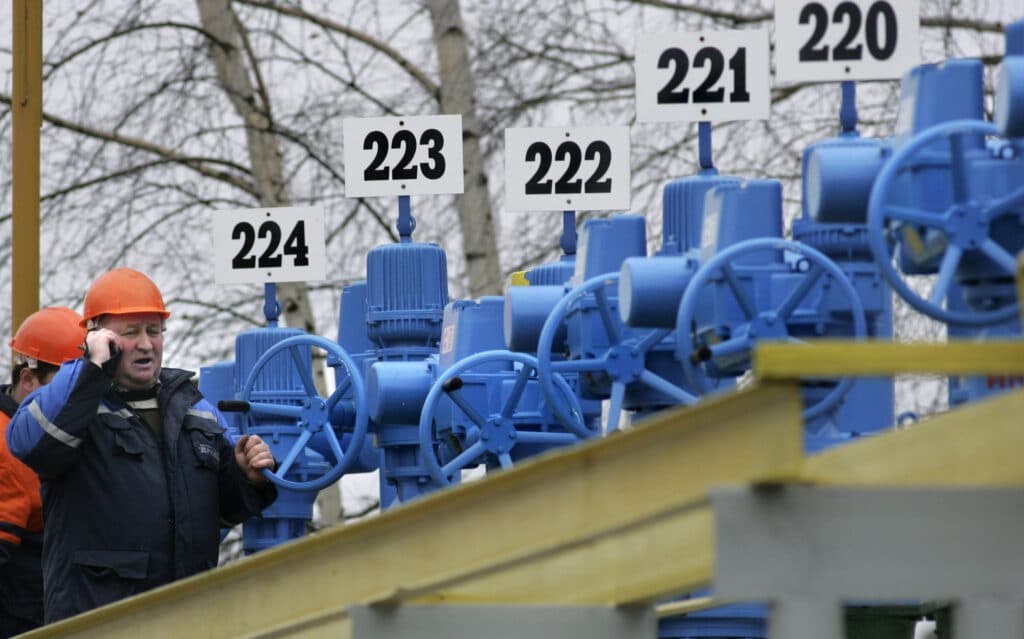
Polish authorities have vowed not to extend the Yamal deal when it expires next year, relying on more LNG from places like the U.S., Qatar, and Australia.
But investing billions in more pipelines or import terminals risks them becoming obsolete amid the long-term shift to renewables, Tagliapietra said. Instead, Europe could require gas companies to begin the winter with adequate storage levels, he said.
Russia’s Gazprom didn’t fill its underground storage in Europe last summer. “It’s up to them to decide, and that’s not acceptable,” Tagliapietra said.
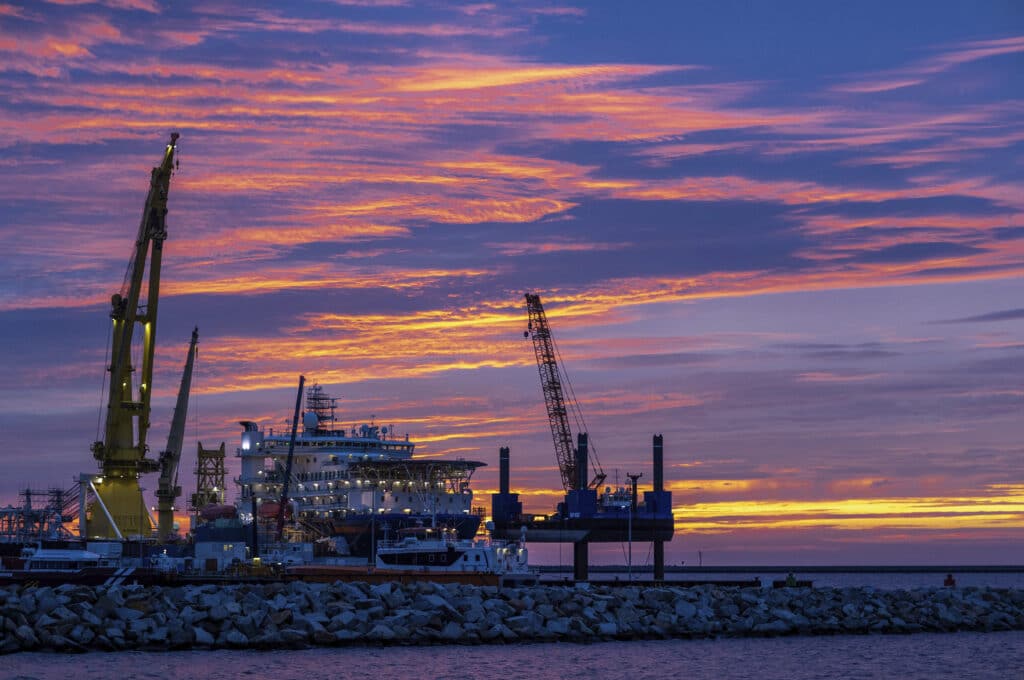
Governments also are talking about creating a strategic reserve of gas, either shared among several countries or organized at the EU level. Energy-consuming countries have done that with crude oil since the 1970s.
Environmentalists say the solution isn’t more gas but action to promote renewables.
“It is a little bit surreal and surprising,” said Elif Gündüzyeli, fossil fuels policy campaigner for the Climate Action Network. “This approach of adding more gas to the grid to solve the energy supply issue is a little bit like adding another lane to a highway to solve the traffic issue: more cars come in and it gets even more complicated.”
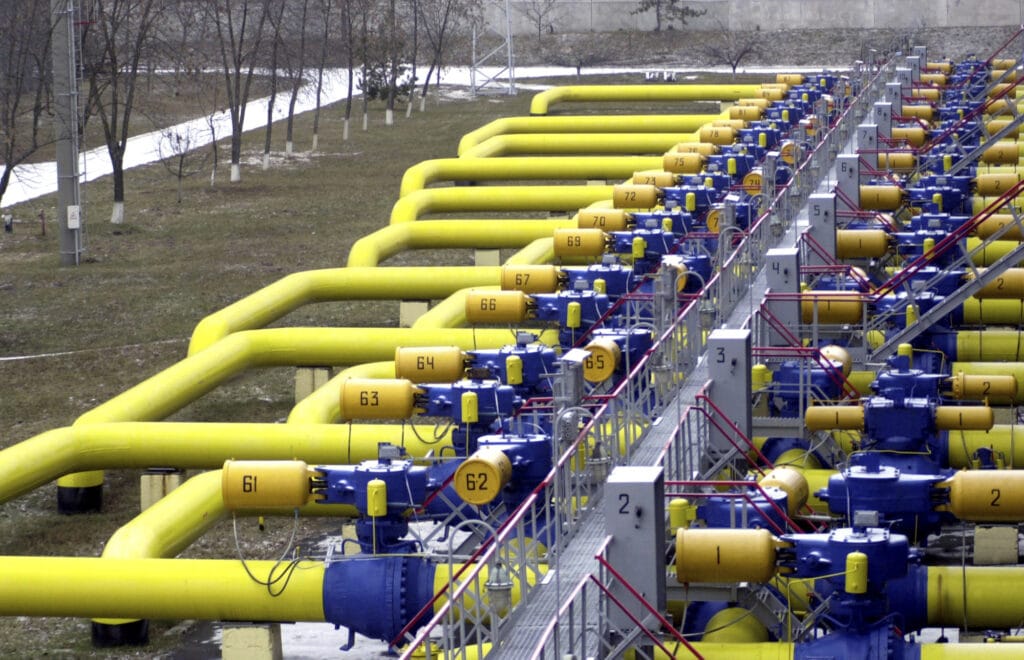
“Getting unhooked from Russia and hooked to the U.S., I don’t think it’s going to solve any of the EU’s energy security issues,” she said. “And it definitely doesn’t solve the climate urgency.”
By ARITZ PARRA and DAVID McHUGH
McHugh reported from Frankfurt, Germany. Associated Press writers Derek Gatopoulos in Athens, Greece; Monika Scislowska in Warsaw, Poland; and Aya Batrawy in Dubai, United Arab Emirates contributed.






